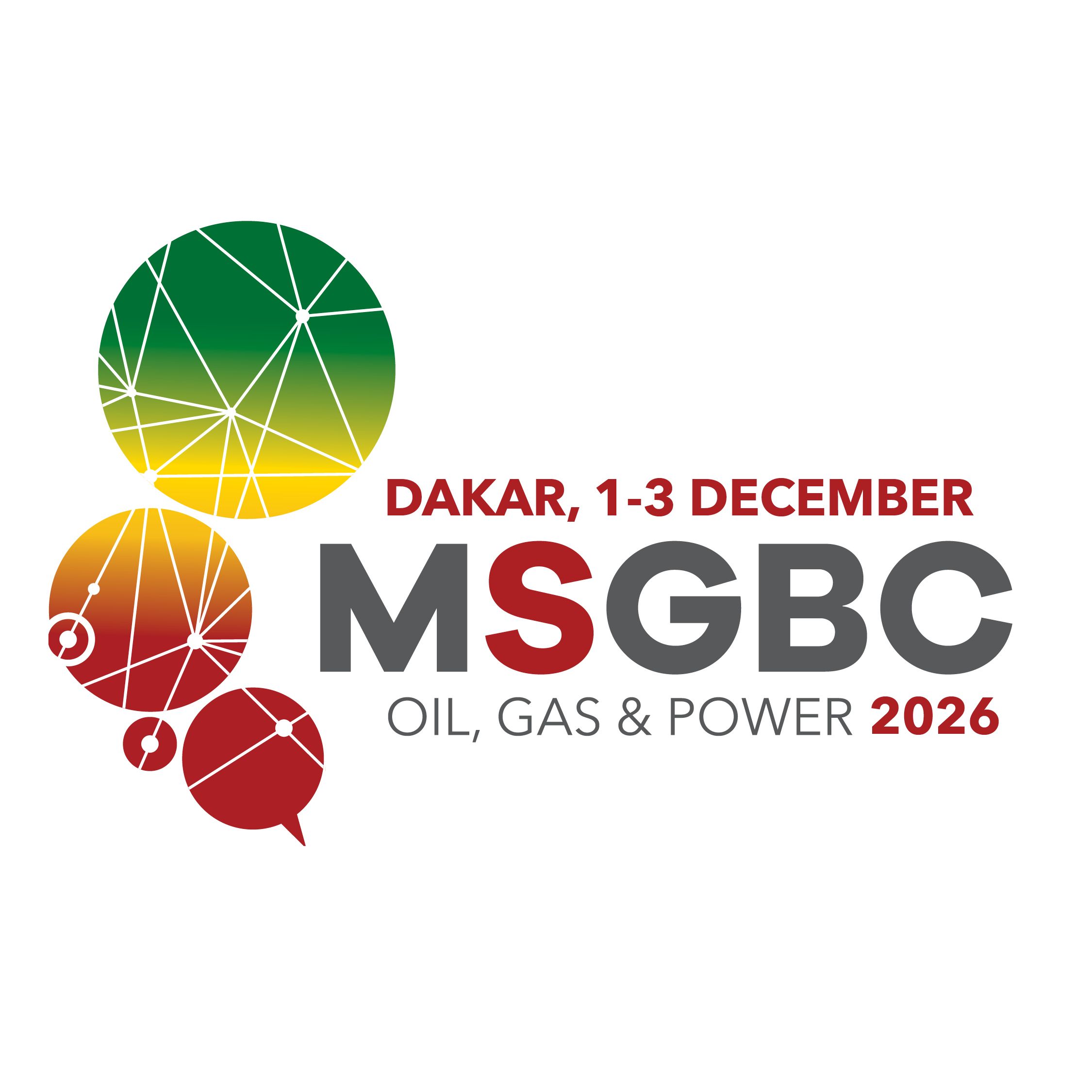Sangomar's Oil Boom: What Senegal's 9.1M-Barrel Output Means for its Economy
)
Oil production from Sengal’s Sangomar offshore field reached 9.1 million barrels in Q2 2025, according to the country’s Ministry of Petroleum and Energy. Output totaled 3 million barrels in April, 3.1 million in May and 3 million in June. The project – operated by Australia’s Woodside Energy with Senegal’s national oil company Petrosen – is forecast to produce 30.53 million barrels of crude this year, sustaining a rate of around 100,000 barrels per day (bpd).
The milestone underscores Senegal’s entry into the ranks of oil-producing nations and signals a steady ramp-up from the $5 billion development. Sangomar’s performance is expected to deliver significant fiscal inflows through export earnings, royalties and production sharing, while creating employment and supporting growth across the country’s energy value chain.
Economic Impact of Sangomar ProductionWoodside Energy recently reported an 8% rise in Q2 revenue to $3.28 billion, driven by strong output from Senegal’s $5 billion Sangomar offshore oil project, which contributed $510 million. The project, led by Woodside Energy (82%) and Senegal’s national oil company Petrosen (18%), started production in mid-2024, averaging 55,000 bpd during its first year.
Petrosen forecasts the hydrocarbons sector to generate more than $1 billion annually over the next three decades. At Sangomar, direct fiscal flows from export earnings, corporate taxes, royalties and production sharing are expected to inject $2 billion to $4 billion into public coffers over the project’s lifetime. Alongside revenues, the project has created employment through drilling operations, FPSO servicing, logistics and port infrastructure. Priority for local hiring and procurement is central to Senegal’s strategy.
In addition to direct employment, the government has intensified efforts to build downstream capacity, including modernizing state-owned refinery Société Africaine de Raffinage to process up to 5 million tons of oil per year by 2030, enabling local refining and petrochemical development. Additionally, Moroccan group Akwa will build a storage facility in Bargny Sendou. Located about 30km from Dakar, the project includes natural gas processing and aims to support Senegal’s expanding energy infrastructure.
Diversification and GrowthIn the medium term, Sangomar production is expected to plateau at 100,000 barrels per day, providing a stable revenue stream to finance infrastructure, health, and education investments. Under its 25-year economic and social development plan, the government aims to channel oil revenues toward reducing the fiscal deficit to 3% of GDP, sustaining an average annual growth rate of 6.5%, and strengthening the country’s energy independence. To better manage hydrocarbon revenues, the current administration has launched audits of existing oil, gas and mining contracts and is designing a stabilization fund to manage revenue flows across generations and safeguard public interest.
These developments will require sustained investment. The MSGBC Oil, Gas & Power 2025 conference, taking place in Dakar on December 9–10, offers a strategic platform to attract investors, showcase national priorities and advance partnerships. The event brings together key stakeholders and priority projects to foster collaboration that support Senegal’s long-term economic transformation.

